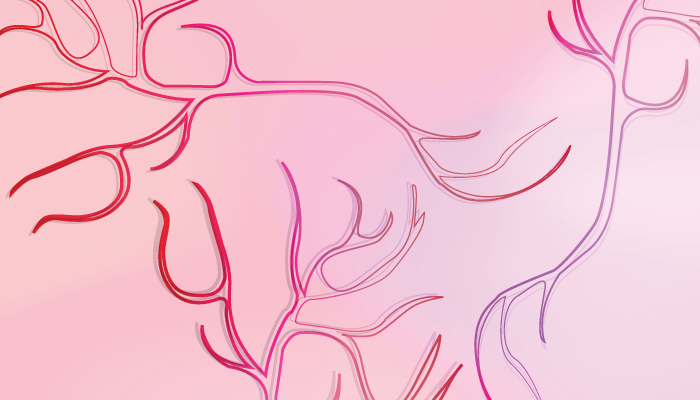
Chronic cerebral hypoperfusion (CCH) can be caused by several conditions that affect the cerebral vascular system, including diabetes, hypertension, and atherosclerosis – but lifestyle choices, such as smoking, also play a role. With CCH now recognized as a key contributor to the neurodegenerative processes that can lead to dementia (1), attention has turned to early diagnosis and prediction. And a new study (2) has proposed that retinal imaging – or, more precisely, exploring the retinal microvasculature using two-photon microscopy – shows potential in predicting the risk of brain diseases involving reduced blood flow.
Two-photon microscopy is a fluorescence-based technique that can be used to measure living tissue with approximately one millimeter thickness. The novel imaging technique - innovative in that it requires no adaptive optics – allows researchers to investigate retinal blood flow at the microscopic level. Because the retina is located in the peripheral part of the central nervous system – sharing similarities with cerebral brain matter but with a simpler structure and fewer nerve cell types – it makes it an excellent target for providing more accurate insights into the microvasculature of the brain. The study findings suggest this new technique has the potential to be applied to a wide variety of retinal research, and serve as a promising predictor for CCH, as well as acting as an early diagnostic biomarker for other cerebrovascular diseases.
References
- J Duncombe et al., “Chronic cerebral hypoperfusion: a key mechanism leading to vascular cognitive impairment and dementia. Closing the translational gap between rodent models and human vascular cognitive impairment and dementia,” Clinical Science, 131, 2451 (2017). PMID: 28963120.
- L Baoqiang et al., “Differential reductions in the capillary red-blood-cell flux between retina and brain under chronic global hypoperfusion,” Neurophotonics, [Online ahead of print] (2023). PMID: 37323511.
